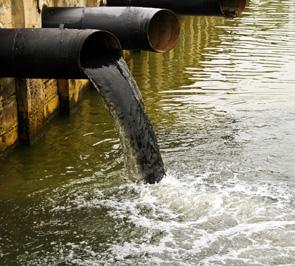Chemical and Microbial Risk Research

Protection of aquatic systems, for use as ecological entities and as sources of water for drinking and recreational uses, is compromised by shortcomings in our abilities to adequately determine and reduce the full range of risks posed by waterborne contaminants, including chemicals and microbial pathogens.
EPA research increases our understanding of water contaminants in order to promote safe recreational waters, maintain healthy water resources and ecosystems, and prepare for potential terrorist threats to the Nation’s water sources. Research is underway to better understand individual water contaminants as well as groups of contaminants in order to minimize human health risk and to identify effective treatment approaches.
Related Resources
- Contaminants and Industrial Processes Research
- Environmental Technology Innovation Clusters
- Final Report: A Field-Based Aquatic Life Benchmark for Conductivity in Central Appalachian Streams
- Federal-State Toxicology Risk Analysis Committee (FSTRAC)
- Microbiological and Chemical Exposure Assessment - Water
- Recreational Waters Research
- Water Security Research
- Water Quality Standards: Microbial (Pathogen)
Featured Stories
- Science Matters: Tools to Assess Potential Water Contaminants
- Science Matters: Protecting Drinking Water from Re-contamination
- Science Matters: What's in Your Water?
- Science Matters: Enhancing Water Security: EPA Prepares for Intentional Contamination Incidents
- Science Matters: EPA Examines Ways to Treat Biotoxins in Drinking Water
